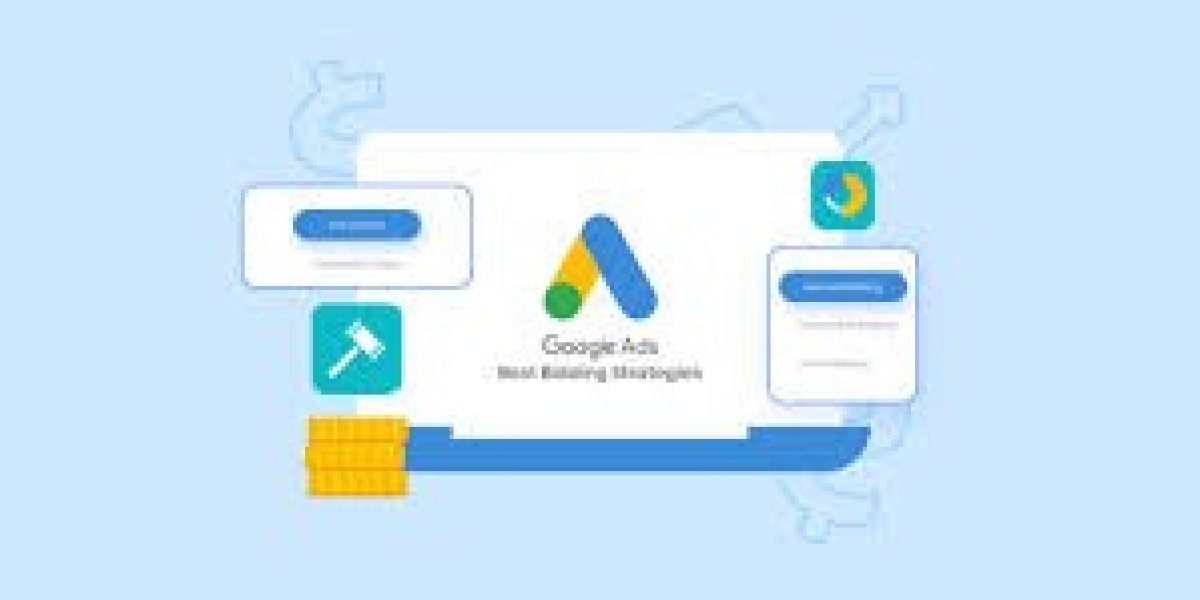In the constantly changing landscape of online advertising, automation is now the cornerstone of intelligent and more effective campaign management. Google Ads, one of the greatest online advertising platforms, has numerous automated bidding options meant to eliminate the guesswork from manual bid changes. These bid methods apply machine learning and real-time data to maximize your bids in pursuit of improved performance. As competition intensifies in the online ad market, embracing and executing automated bidding strategies on Google Ads can be the secret to higher conversions, better ROI, and greater ad placements.
1.How Automated Bidding Works in Google Ads
Automated bidding in Google Ads is driven by machine learning algorithms that assess numerous sets of real-time signals like device, location, time of day, audience behavior, and many more. Rather than having to input bid amounts for every keyword or ad group manually, advertisers allow Google to automatically set bids in order to accomplish certain objectives, be it to drive more website visits, produce more leads, or optimize return on ad spend (ROAS). These systems continuously study performance metrics in order to become better over time, producing more efficient bidding than most human approaches ever might.
2.Maximize Clicks Strategy
Maximize Clicks is one of the simplest automated bidding strategies where the goal is to get as many clicks as possible within your set daily budget. This is particularly useful for driving traffic to a new website or product page. The system analyzes when and where your ads are likely to perform well and allocates your budget accordingly. Yet, though it brings more traffic, it does not necessarily ensure quality leads or conversions unless complemented with audience targeting and intelligent segmentation.
3.Target CPA (Cost Per Acquisition)
Target CPA bidding targets getting conversions at a set cost per action. Google's algorithms make bids in real-time to attempt to hit the average CPA you specify, to achieve the maximum number of conversions at or at/below that target cost. This is perfect for advertisers with a well-defined cost per sale or lead. As time passes and data accumulates, it becomes increasingly successful at anticipating which clicks will convert, meaning it is extremely effective for conversion-based campaigns.
4.Target ROAS (Return on Ad Spend)
Target ROAS is a more sophisticated approach that assists advertisers in generating the highest revenue possible by concentrating on the return they receive for each dollar spent. Target ROAS relies on conversion tracking and value-based metrics to function properly. After it has been implemented, Google utilizes historical values of conversions and contextual signals to estimate which auctions have the greatest potential to drive high-value conversions. It then optimizes bids accordingly to achieve your target return, making it ideal for e-commerce companies that want to grow profitably.
5.Maximize Conversions
If you need to ramp up the number of conversions in a hurry, Maximize Conversions is a strong solution. Google sets bids automatically so you can get the most conversions on your budget without worrying about specific CPCs. This tactic works particularly well for low-budget campaigns where the emphasis is simply on capturing as many sales or leads as you can. It does not let you decide how much each conversion is going to cost, but it employs machine learning to allocate your budget in the area that will best serve it.
6.Expanded CPC (Cost Per Click)
Enhanced CPC is a half-manual approach that provides you with a little more control yet still harnesses the power of Google's intelligent bidding. It enables you to manually set base bids, and Google raises or lowers them based on the probability of a conversion. This approach is best for those coming from manual bidding but who do not wish to forego any control. It provides a solid balance between control and automation, particularly for campaigns in their early stages of gathering performance data.
Conclusion :
Google Ads' automated bidding strategies have completely changed the way digital campaigns operate, providing advertisers with intelligent ways to achieve their objectives without manual continuous intervention. No matter your goal is to receive more clicks, drive more conversions, or maximize ad spend, there is a strategy of automatic bidding that is designed to serve a specific purpose. As much as these tools make campaign management easier and improve the performance, success still requires clear objectives, accurate tracking, and knowledge of your audience. Ultimately, combining automation with strategic planning enables marketers to reach the true potential of Google Ads.
Join the leading Digital Marketing Institute in Bangalore to gain industry-relevant skills, expert mentorship, and real-world project experience.






